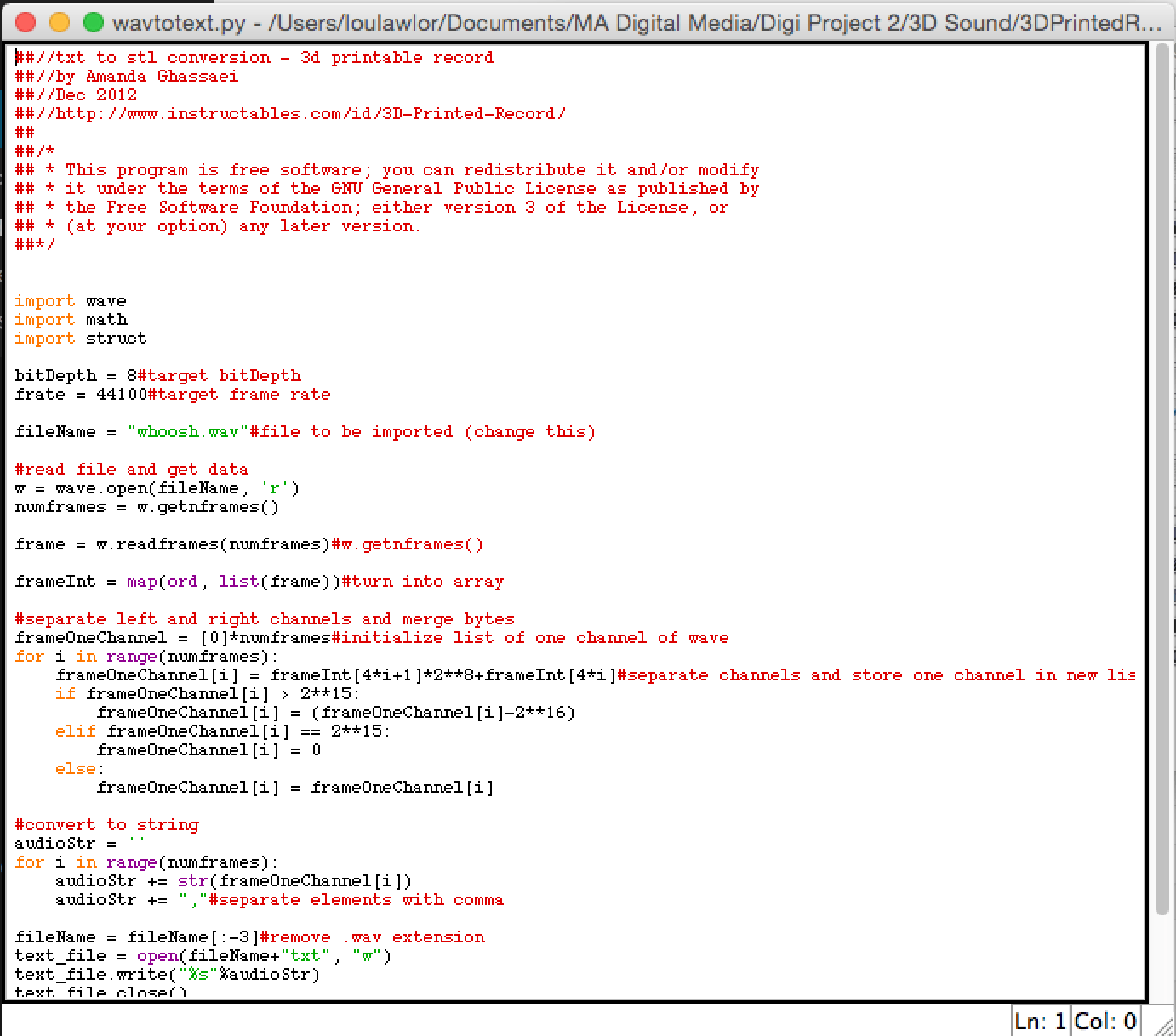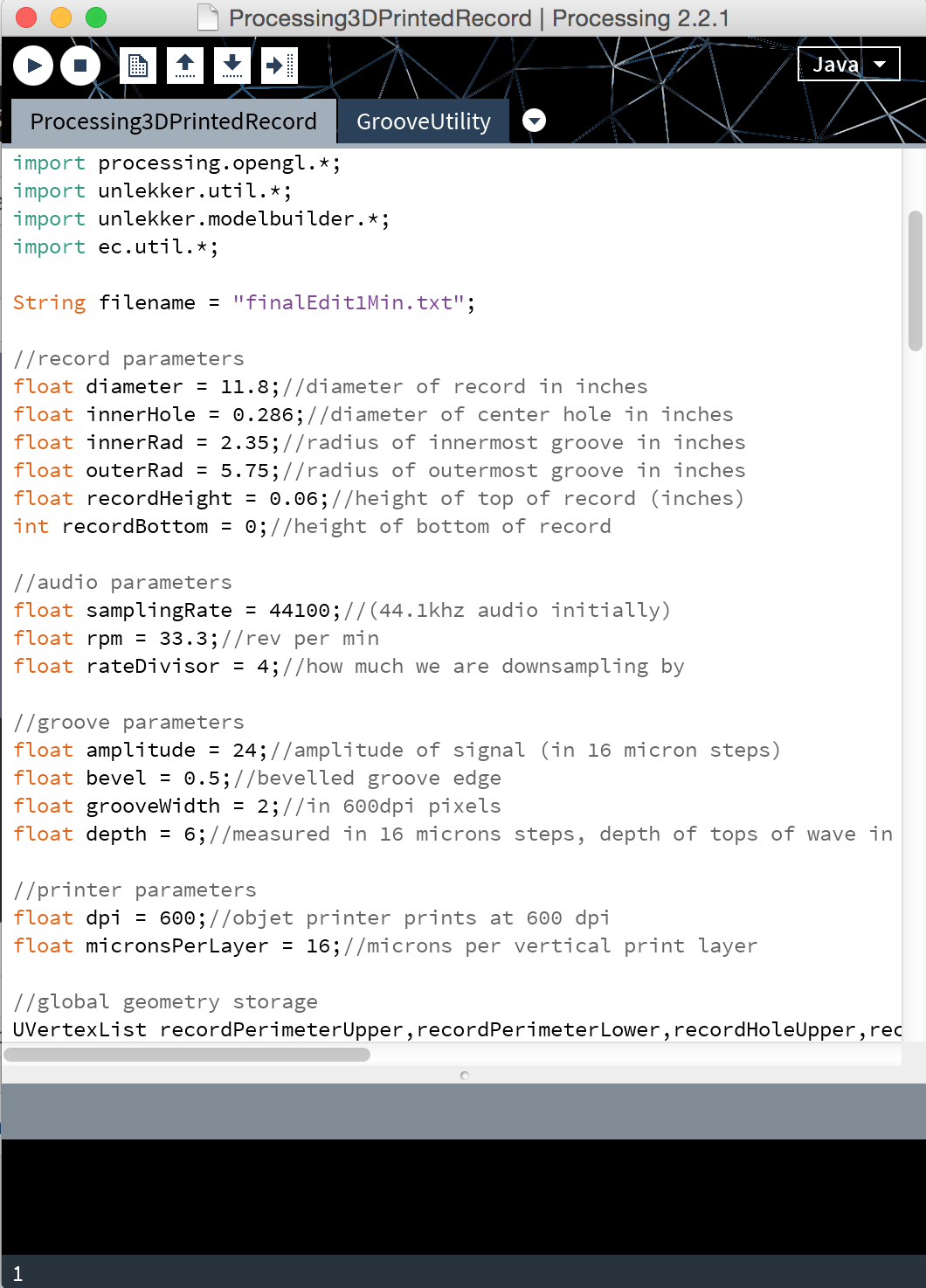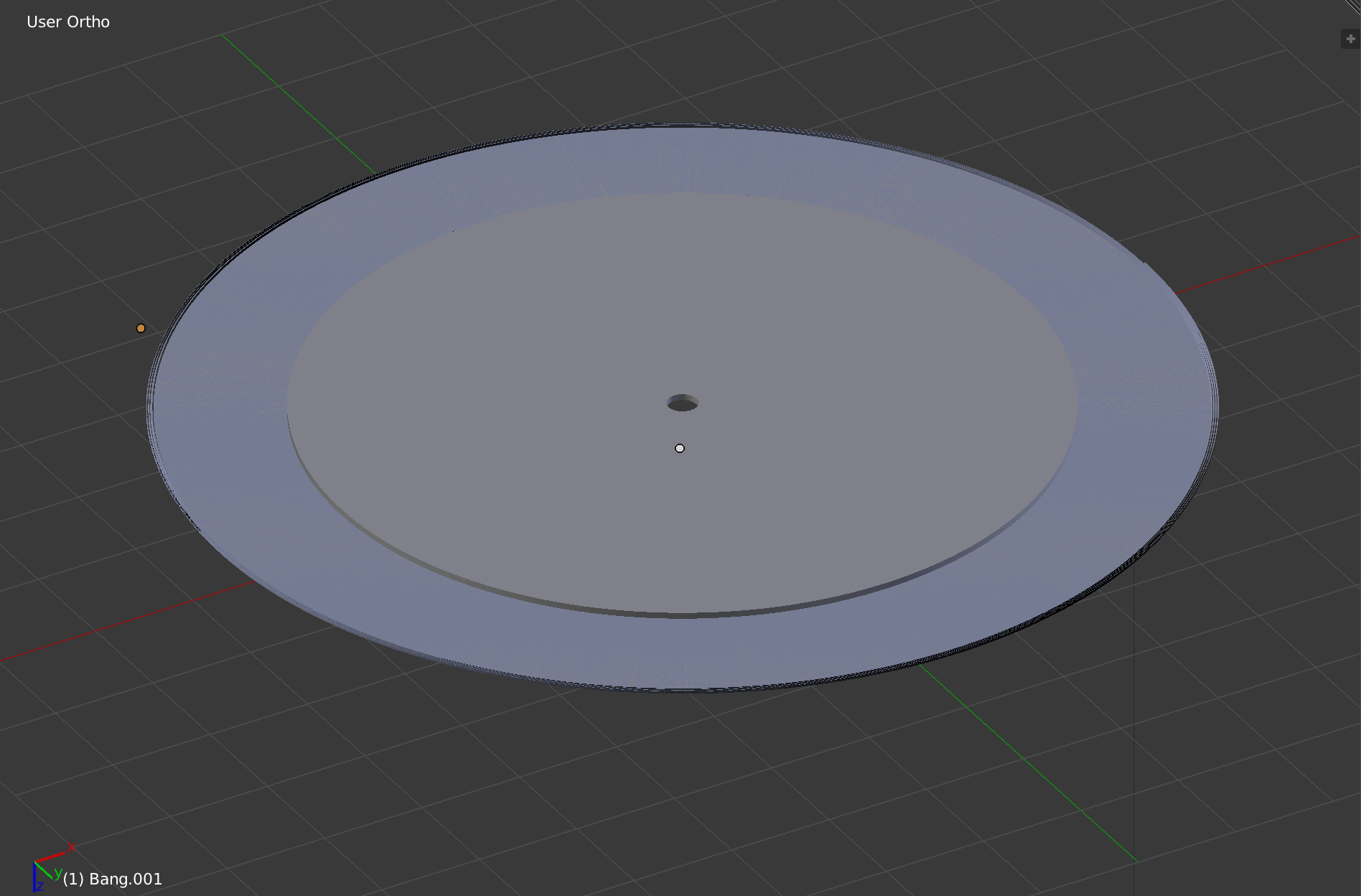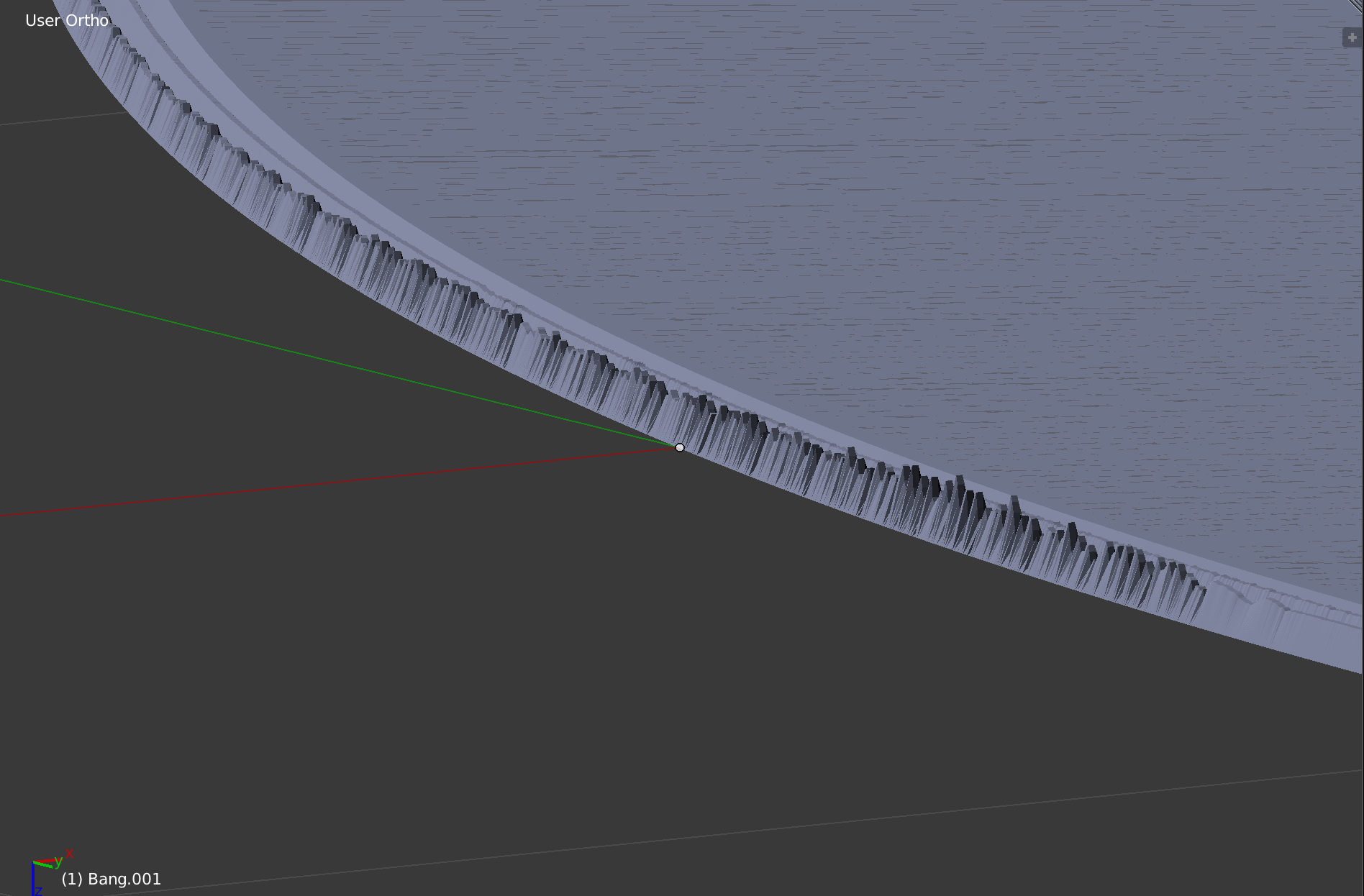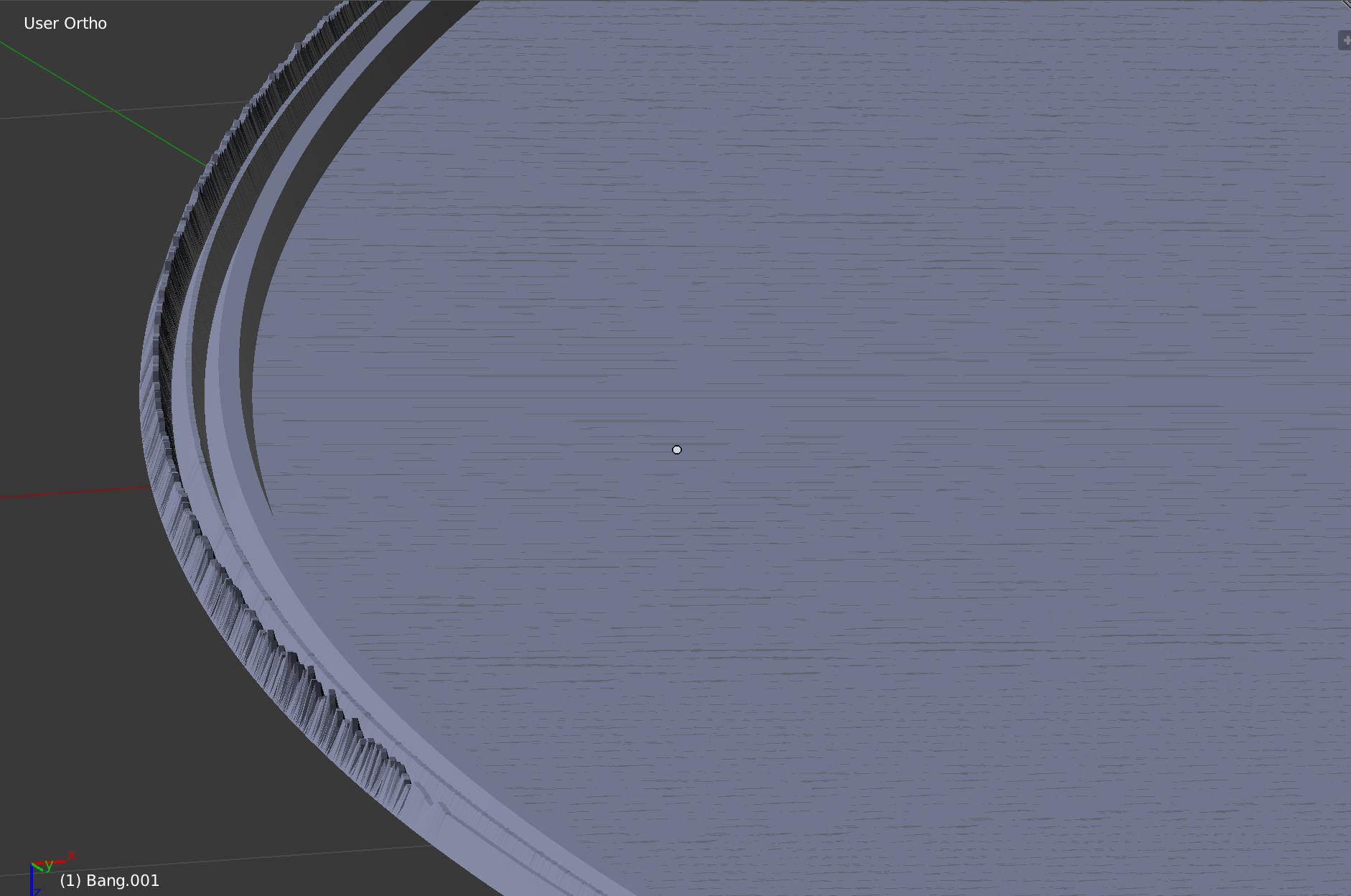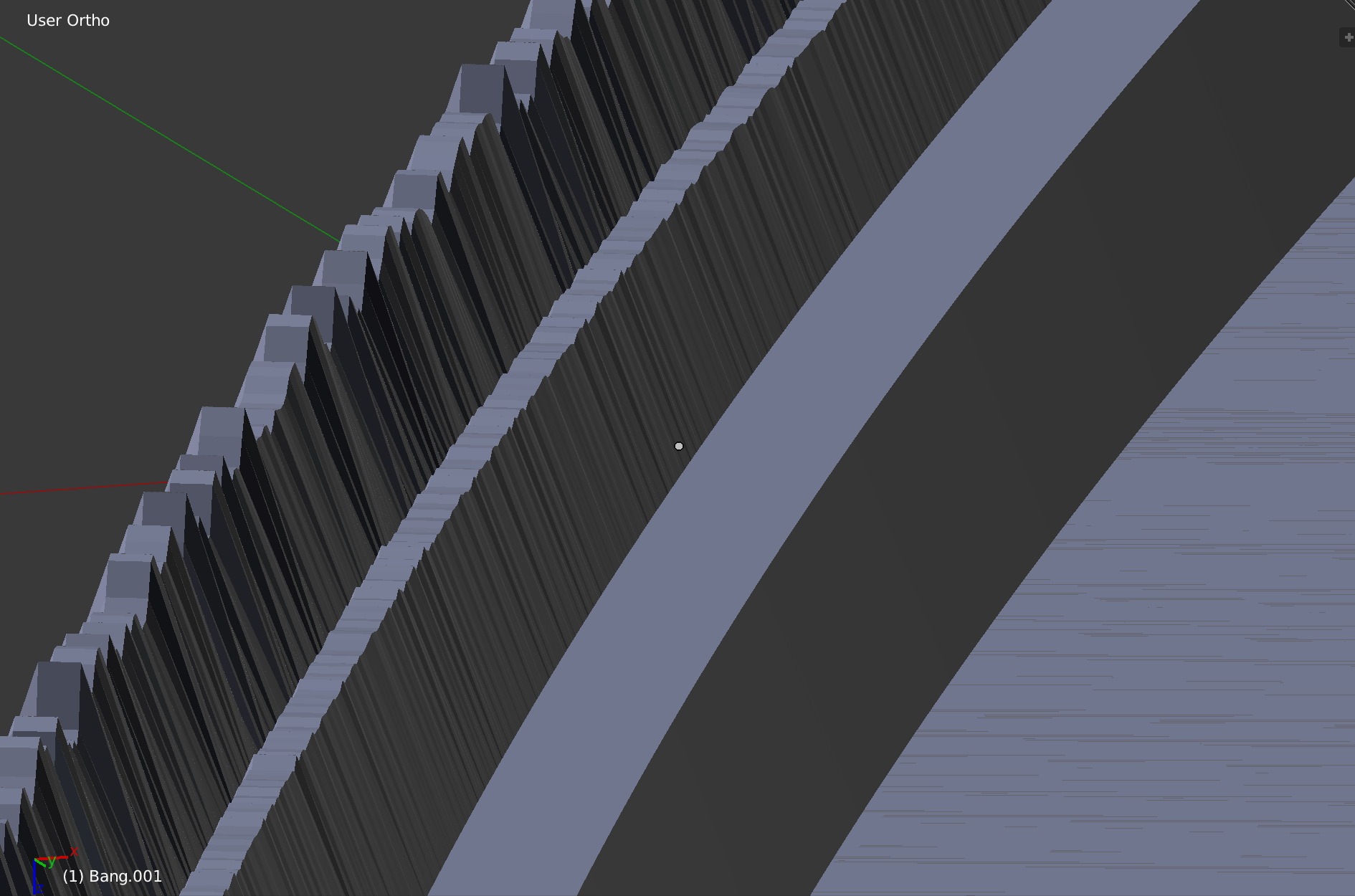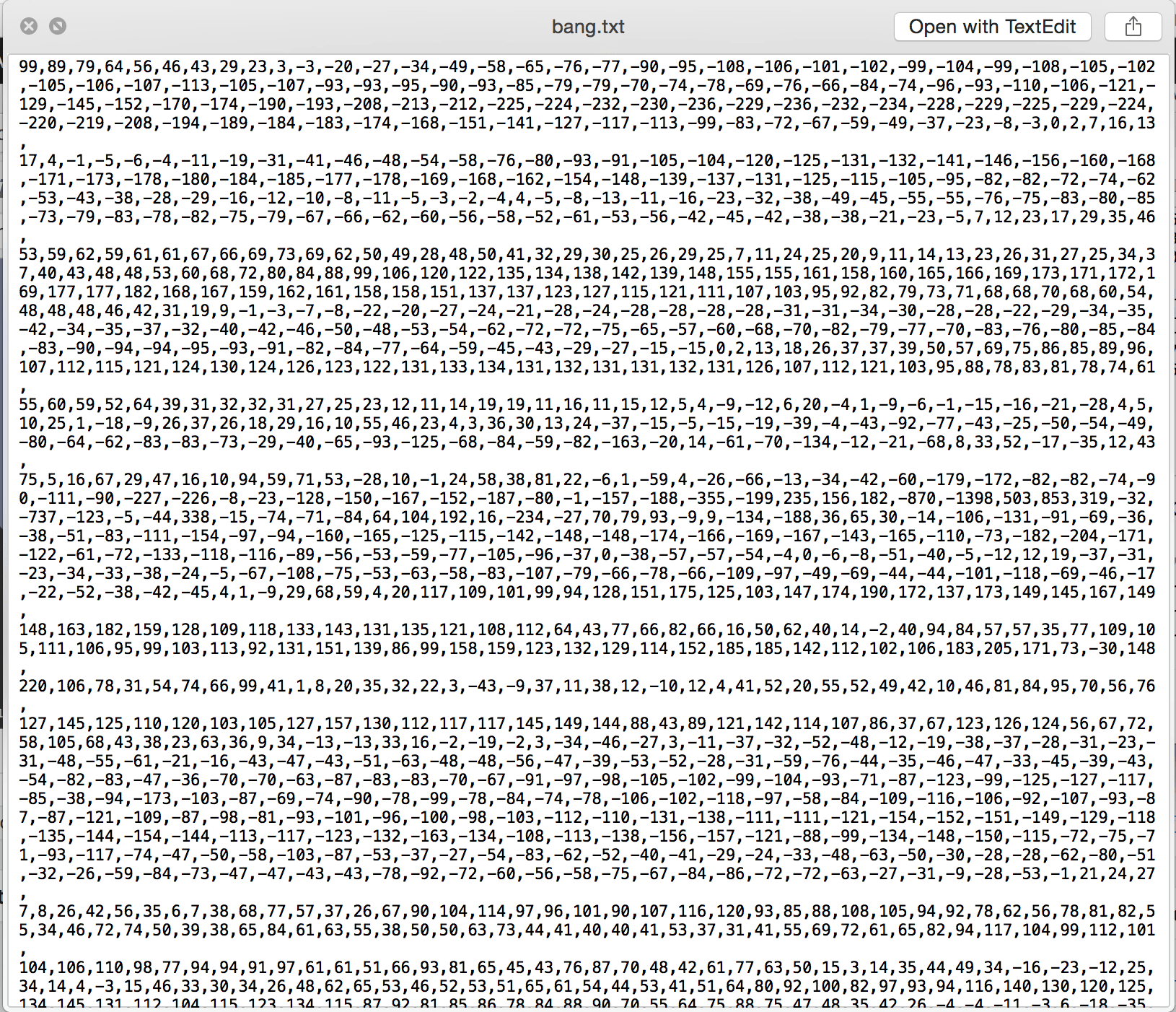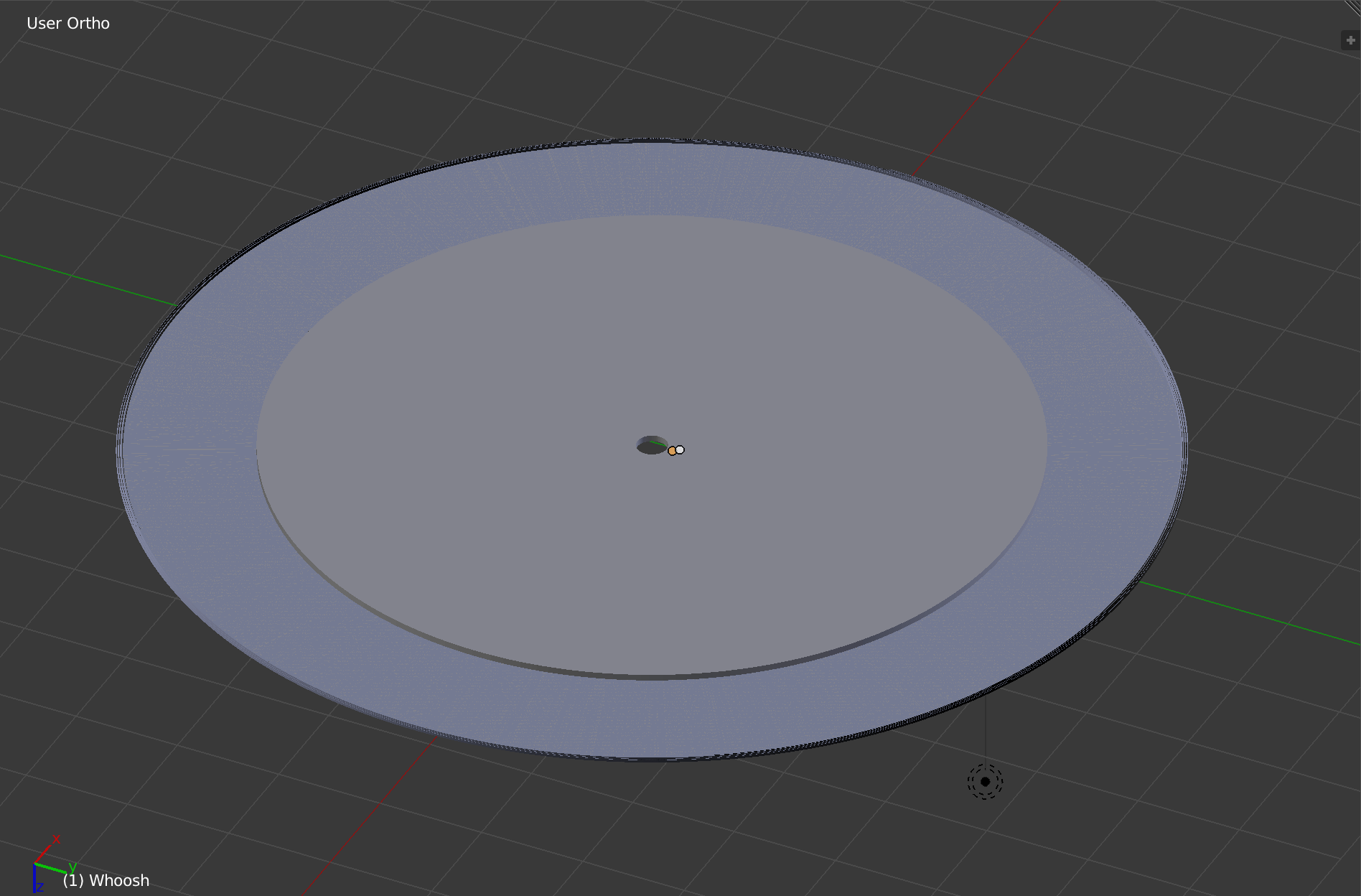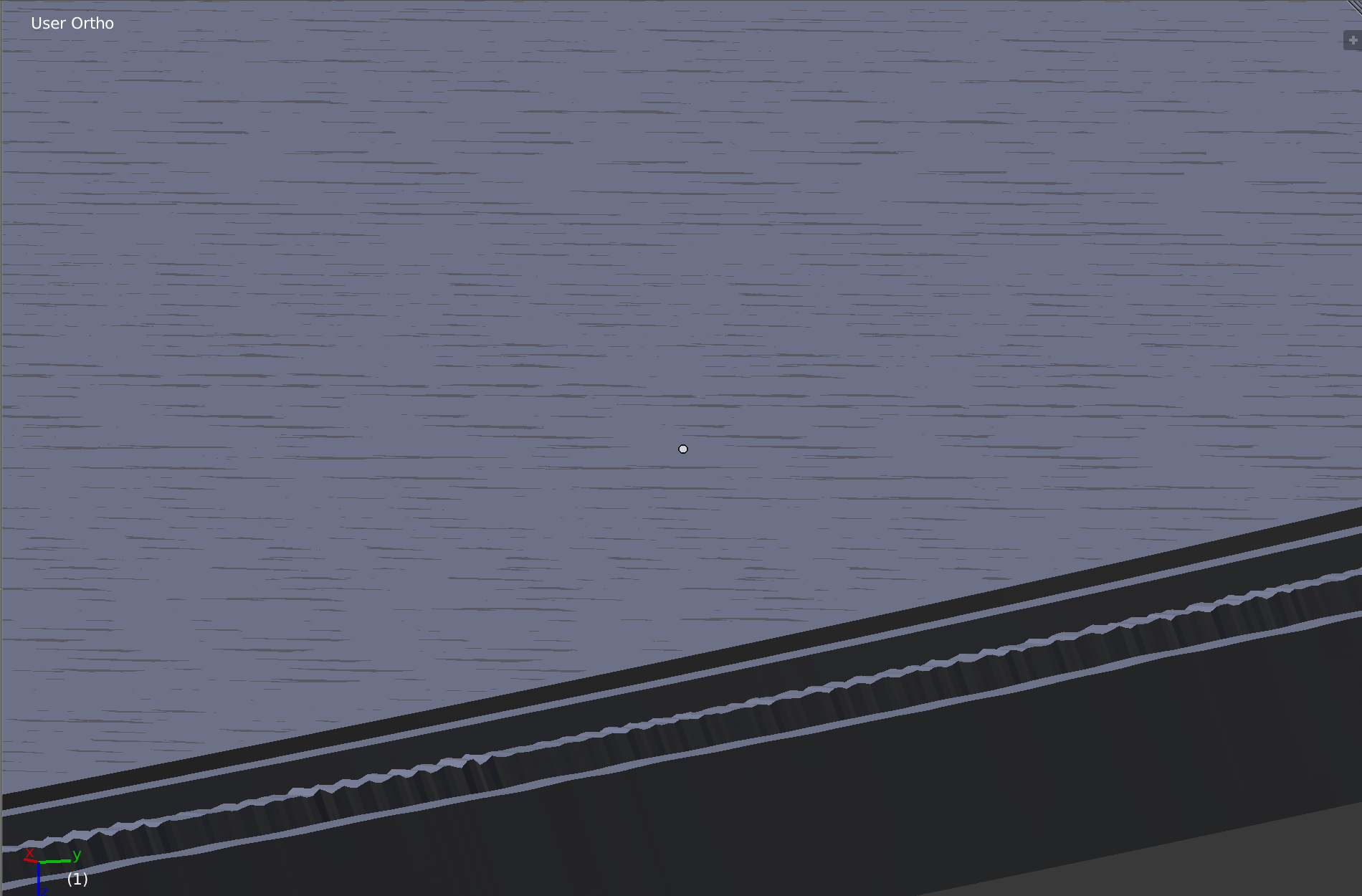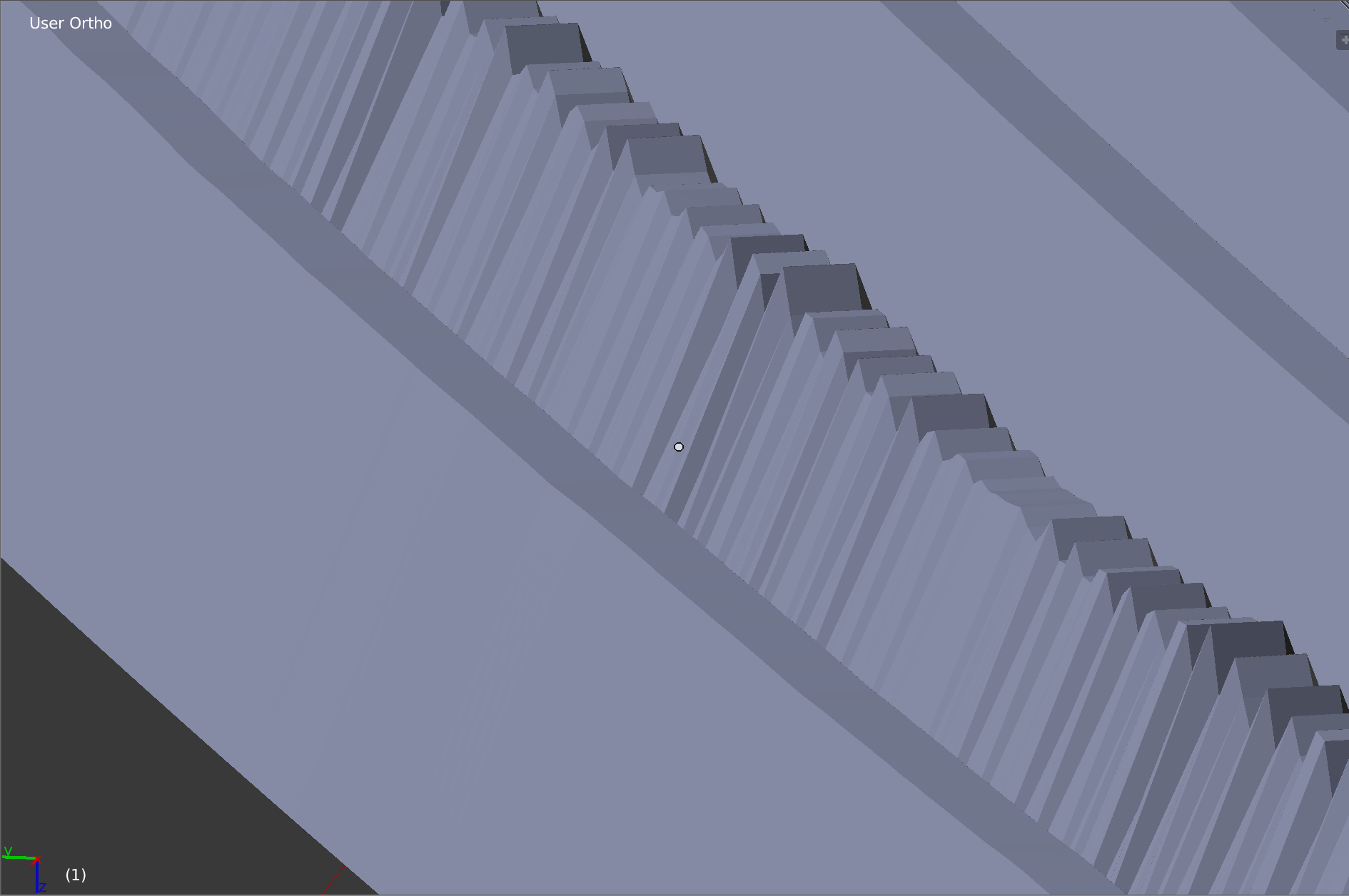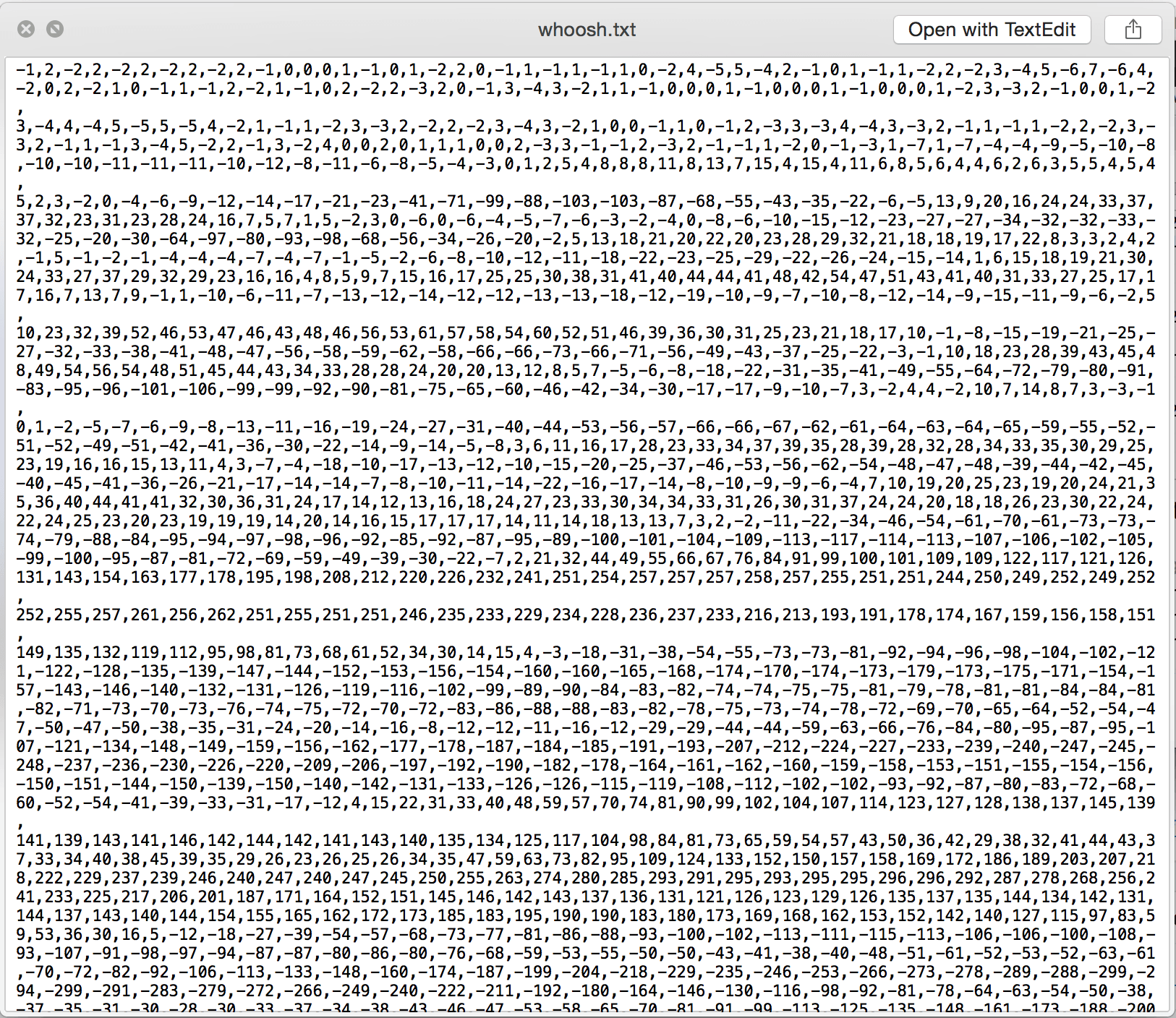‘If voice is the very thing that forces itself outward, to carve out a space for the self amid all the intensities of surroundings, the mouth can be highlighted as the cavity that resonates with all such negotiations and brings them back into the body.’ (LaBelle, 2014, 2).
The voice is initially categorised by Brandon LaBelle in Lexicon of the Mouth (2014) as an intervening force lodged within the power dynamics of structures such as the linguistic (of or related to language), the familial (relating to or occurring in a family), the pedagogic (relating to teaching) and the governmental (the form or system of rule by which a state, community etc are governed). As such it is often ‘overheard, underrepresented, and interrupted’ (LaBelle, 2014, 1), or to put this differently the voice is hidden, covered over and ignored. The voice is a powerful that can so easily be ignored by others. The mouth initially is proposed as a space of performativity, operating as ‘architecture or vessel or stage’ (LaBelle, 2014, 1). The mouth is defined by movement where depth of the body > surface of the skin, breath > matter, spoken > sounded. Resulting in a materiality that alongside the tongue, the teeth, the lips, and the throat produces a ‘texturing orifice’ (LaBelle, 2014, 1) that shapes and moulds the voice produced. Ultimately the voice is the exterior, the out there that forces itself outwards. The mouth is therefore the interior, the cavity that brings into contact the material world with the depths of the body.
Materiality is explored through the biological structures the voice travels through, here shaping the interior as a path through the body rather than within it or seen differently a path of vocality.
‘These surfaces of the mouth fully surround our vocality, and should be followed beyond what we can see. Rather, the mouth starts there on the face and folds into the oral cavity, to tunnel down the throat. A series of surfaces equally muscular and viscous, resounding and relational.’ (LaBelle, 2014, 4).
The path of vocality has a materiality that has distinct surfaces at each point, from the mouth, through the vocal chords, to the throat, into the diaphragm etc. Each point shapes the voice and leaves it material imprint, it morphs the voice from sound > gesture, exposure > hidden, figured > disfigured. We experience the voice in the way, by ‘feeling it in our body’ (LaBelle, 2014, 4). LaBelle takes this further in his discussion on the subject to posit that the voice is ‘body textured by force of emotion, sexuality, longing, intellect and language’ (LaBelle, 2014, 5), the voice here is a full body in itself and as such always-already a subject. The notion of the intangible emotion texturing an already intangible voice is interesting to consider, perhaps the representation of these textures can be found in the biology that produces them or can we consider emotion, sexuality, intellect etc as objects in themselves? Linking back to the mouth being a cavity or a chamber, the interior space to vocal’s exteriority, LaBelle sees the voice and the mouth as an assemblage that ‘brings together the texture of oral surfaces with the vocal reverberations of the cavity’ (LaBelle, 2014, 10). Here the thrust of operations > the composition of instruments generates the lyrical or the voice, or the mouth as an operation being put into action to trigger the instruments within to produce the vocal. The voice is corporeal; it relates to the human body, it is bodily, fleshy, earthly, material, tangible.
In its exteriority we see the voice as a paradoxical enigma, in the very act of speaking we see the voice ‘never quite belongs to me; in short, it beings me into the world according to a fundamental separation from myself.’ (LaBelle, 2014, 4). It sets up a gap between what we see and what we hear, it is a break from our strive for self-fulfilment when we use our voice. We use the voice as an expression of self, yet as soon as it leaves the inner cavity of the mouth it is no longer ours and in this sense we can see the voice as object. However, as LaBelle continues, if we see the voice as a cut or interruption intervening onto the structures of our environment then we can see the voice as a substance that augments out there. If we see linguistics as defined by the interrupting orifice then this challenges the separation between me and my voice, there becomes no separation and the two are bound together so as my voice projects outwards it carries me forward ‘- the voice stretches me; it drags me along (LaBelle, 2014, 5). We can also view this intervening another way; the voice itself is vulnerable to the intrusions of another such as silence and noise and the interventions of the foreign, of rupture, of loss. The voice is in essence unstable; it is in a constant dynamic state and open to intrusions that shape and augment the voice and in turn the mouth.
‘What of the excesses and energies, the sloppy and the inchoate wordings that hover in and around discourses? The paralinguistic flourishes that ghost wording? The subsequent drives that may fuel the mouth to speak other? The poetics of an experimental orality?’ (LaBelle, 2014, 12).
In conversation with Hans Ulrich Obrist on the Extinction Marathon by The Serpentine Gallery in 2014, Timothy Morton notes that fragility is what makes a species into an object and every entity in order to be able to exist has to be able to die (Morton, 2014). Here we see the voice is fragile, but it is this fragility that denotes it as an object in the first place and in turn allows it to exist. Morton goes on to say that in order to preserve entities that are ephemeral, fragile and intrinsically finite (of which we all are as none of us are completely plastically transparent to ourselves), we must think of them as such and turn expose the ecological act of preservation. However, it is not just preservation but a fostering of the multiplicity of peculiarities that constitute reality as such (Morton, 2014). Here we must see the voice as fragile in order to preserve it, but we also must allow it to continue in its own evolution of interventions that form and de-form it. We must allow it to be weird, weird in an object sense of being twisted in a loop and all things are basically looped by the very process of existence from birth to persistence to end and back to birth. Therefore we see that to exist is to be twisted. The notion of the fragility of the voice links to the study of the paralinguistic, which are the aspects of spoken communication that do not involve words. They may add emphasis or shades of meaning as an aspect of meta-communication in the form of prosody, pitch, volume, intonation etc. There are also paralinguistic respiration sounds such as gasps, growls, sighs and yawns that punctuate the voice to twist and extend it beyond speech. Roland Barthes discusses this further in The Pleasure of the Text (1975), positing a form of vocal writing as a form of ‘writing aloud’ (Barthes, 1975, 66) that is carried by the grain of the voice as an erotic mixture of timbre and language. Therefore, along with diction, is the ‘substance of an art or an art of guiding one’s body’ (Barthes, 1975, 66). Writing aloud follows the phonetic, the sounds of the language, to search for the pulsional (a pushing outward, again linking back to the exteriority of the voice projecting outwards to carry the body forwards).
‘The language lined with flesh, a text where we can hear the grain of the throat, the patina of consonants, the voluptuousness of vowels, a whole carnal stereophony: the articulation of the body, of the tongue, not that of meaning, of language.’ (Barthes, 1975, 66-67).
Barthes posits that cinema captures the sounds of speech close up to allow us to ‘hear in their materiality, their sensuality, the breath, the gutturals, the fleshiness of the lips, a whole presence of the human muzzle’ (Barthes, 1975, 67). This throws the body of the actor into my ear, again extending outwards and dragging the body along. This idea of close up also links to the Giles Deleuze’s concept of the smooth as defined by Morton as when things are so granular. When you’re so close to something that you can’t grip it with your conceptual mind, the example given is that of a painting that when you are close up to it you cannot grasp what the painting is even depicting any more, but this doesn’t mean that everything is completely opaque. Just because we cannot grasp the entirety of the thing doesn’t mean it doesn’t exist as such. LaBelle ends the chapter by hypothesising an expanded voice, a voice beyond speech or one that goes beyond words and language. In this sense para is used as the idea of the hidden, the peripheral areas of the voice found in the gasps, growls, sighs, yawns and ticks. Here this notion of an expanded voice is interesting to consider in connection to things such as vocal fry and up-talk which are seen as epidemics on the voice, deforming it by interrupting the ‘natural’ flow of speech.
‘An expanded voice not only for finding a representational space, as a point of entry, and reasonable debate, but also a voice full of imaginary drive, and those animate and poetical expressions that turn our bodies toward other species, other material forms, or immaterial apparitions, as well as each other.’ (LaBelle, 2014, 13).
Barthes, R. (1975) The Pleasure of the Text. Paris: Éditions du Seuil.
LaBelle, B. (2014) Lexicon of the Mouth: Poetics and Politics of Voice and the Oral Imaginary. New York: Bloomsbury.
Morton, T. (2014) Timothy Morton & Hans Ulrich Obrist. [interview] DIS Magazine. Interviewed by Hans Ulrich Obrist, http://dismagazine.com/disillusioned/discussion-disillusioned/68280/hans-ulrich-obrist-timothy-morton/ [Accessed 3 February 2016].





